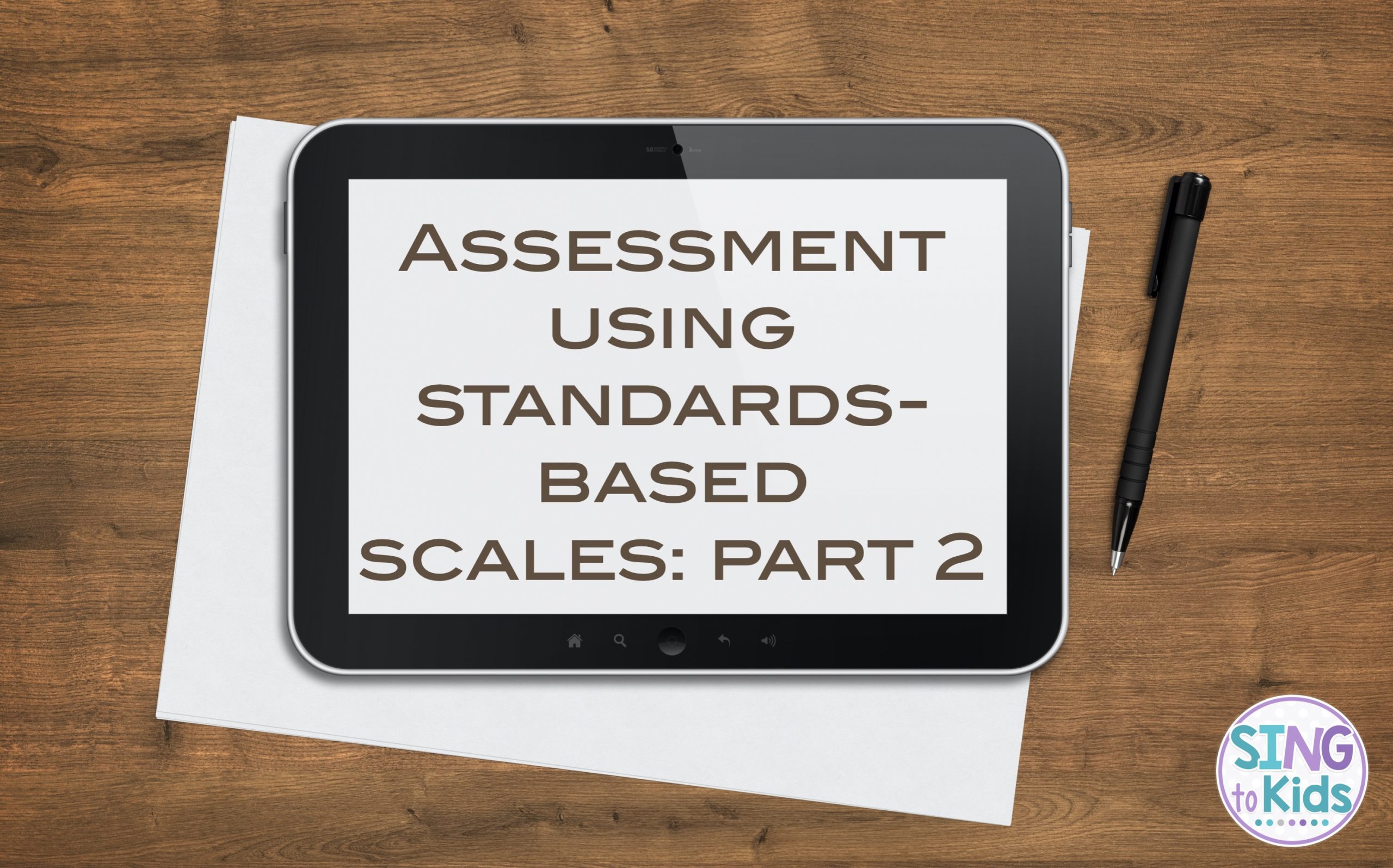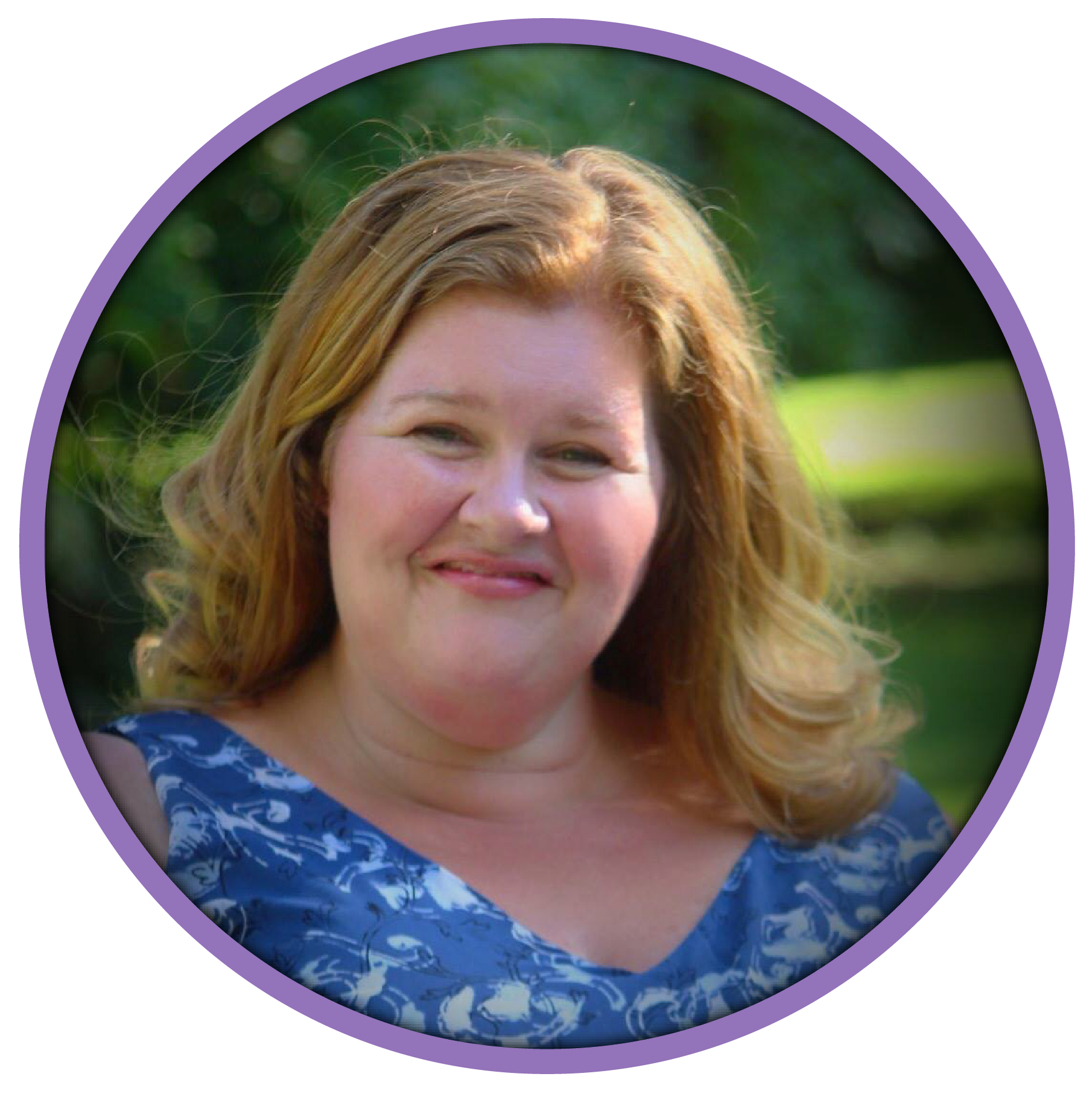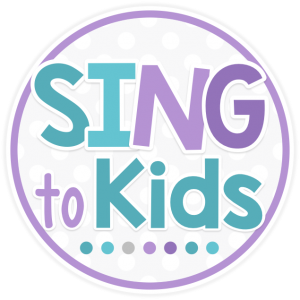
Making Assessment Manageable
In my last two blog posts, we discussed Assessment using Standards-Based Scales. In my first post, we identified some of the unique challenges music teachers experience when it comes to assessment. In my second post, I outlined how to identify power standards and create standards-based scales.
The challenge is pulling this all together in practice. No big deal! You’ve got this! Let’s talk through some real solutions to help you make assessment manageable!
Plan Your Work, Work Your Plan
What makes assessment work for me is that I know exactly what I’m going to teach before the year begins. Because I know what I’m going to teach, I also know what I am going to assess. The secret is creating curriculm maps for each grade level. As I identify my monthly instructional goals for each grade, I match the Power Standards to the content, then embed the assessments into my instruction.
Systems in Place
When you teach 500+ students, finding a way to manage assessment is a necessity. You need to have a system in place that works for you to mark your assessments. For me, that’s an iPad and the apps iDoceo and Good Reader. For you, that may be a clipboard & seating charts. Whatever your system, have it in place from the start of the year. I love the app iDoceo for assessment purposes. I set up classlists at the start of the year in Excel, then add all of the assessments I am going to do in the columns. The lovely thing about iDoceo is that you can now put your scales right in the app for easy use. Each of my Power Standards standards-based scales are included in each classes page.
Good Reader is an app that allows you to annotate over a PDF. As a MLT practitioner, this is especially helpful for Learning Sequence Activities. Using a stylus, I can easily mark my class seating charts to reflect which students have sung or chanted for me.
One Target, Multiple Assessments
Some standards are conceptual in nature while others are based on skill development. If I’m reporting out on a standard that is skill-based or developmental in nature (e.g. steady beat or singing voice), I want to make sure I have more than one data point for that standard. Students experience steady beat in a variety of ways: beat keeping, locomotor movement, playing instruments, etc. If I am going to assess steady beat, then I want to have a minimum of 3-4 assessments before I report out a grade. If I have 4 grades for steady beat, and the child scores 2 on the first assessment, and 3 on the final three (assuming a standards-based scale), then I know that child is working at grade level.
Procedures, Procedures, Procedures
Another thing that makes assessment manageable with large groups of students is having procedures in place to assist behavior and enable me to focus on the students I am assessing. Anytime I ask students to play large instruments (e.g. xylophones, drums, etc.), I always pair students in twos. One child plays while another student observes. Then the first student demonstrates what to do for the observer. As the observer begins playing, I assign new students to observe and cycle through the entire class.
WIth this procedure in place, my students know 1) they are all getting a turn and 2) they will have an opportunity to watch/learn and 3) they will have a responsibility to teach. The lovely thing about this system is that it helps me to identify those students who are a 3 vs. a 4 on a standards-based scale. My students who are 4s are the ones watching, analyzing, offering feedback, mentoring, correcting, or finding ways to extend their learning.





Have you added the National Core Arts Standards to iDoceo? I am just getting started with the app and hoped there was an easy way to add the standards and key skills from the Core Arts Standards.
Any tips?